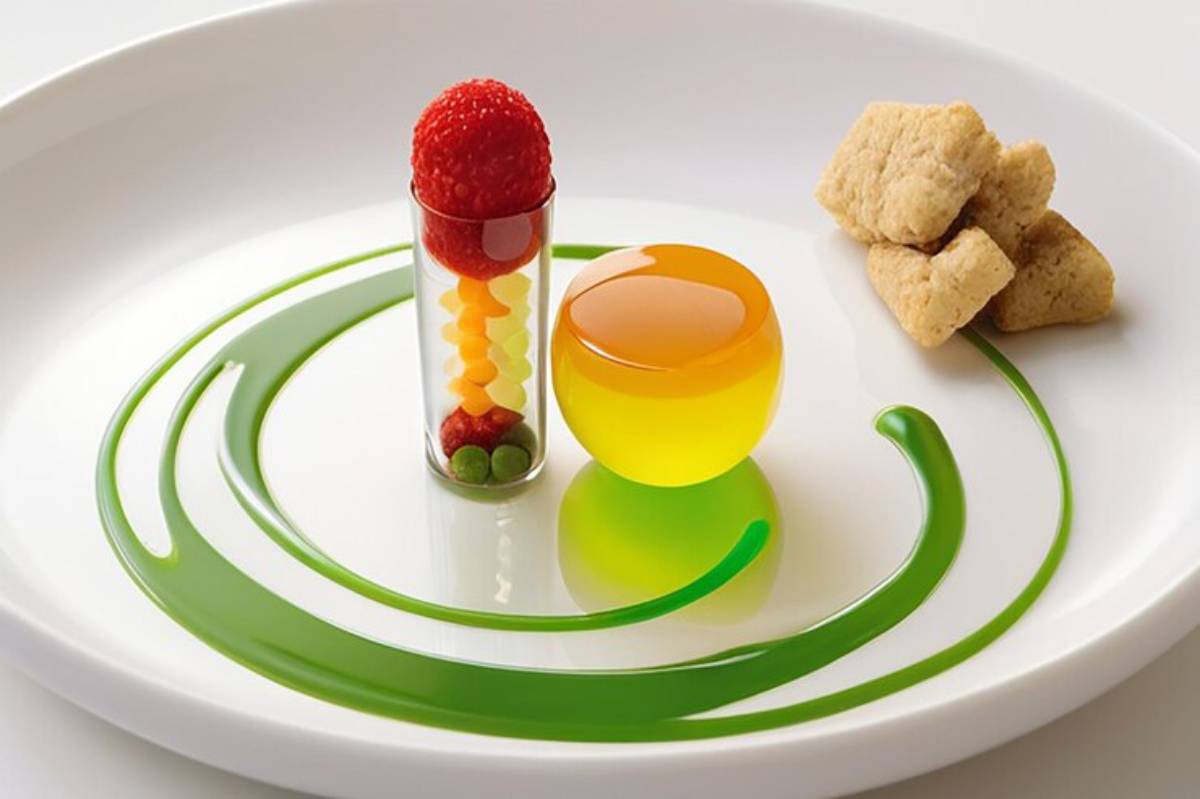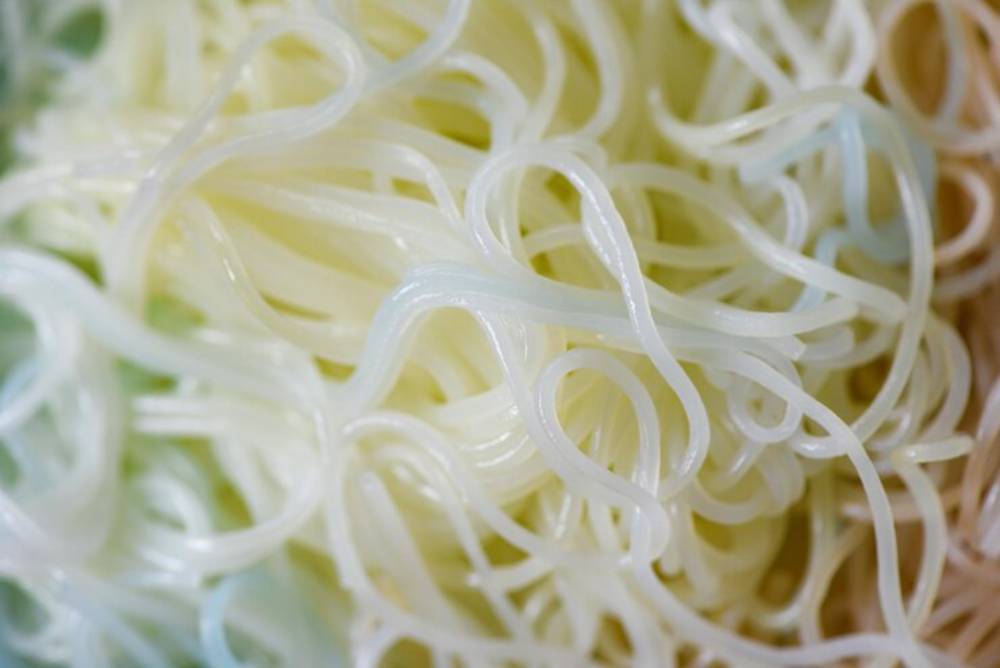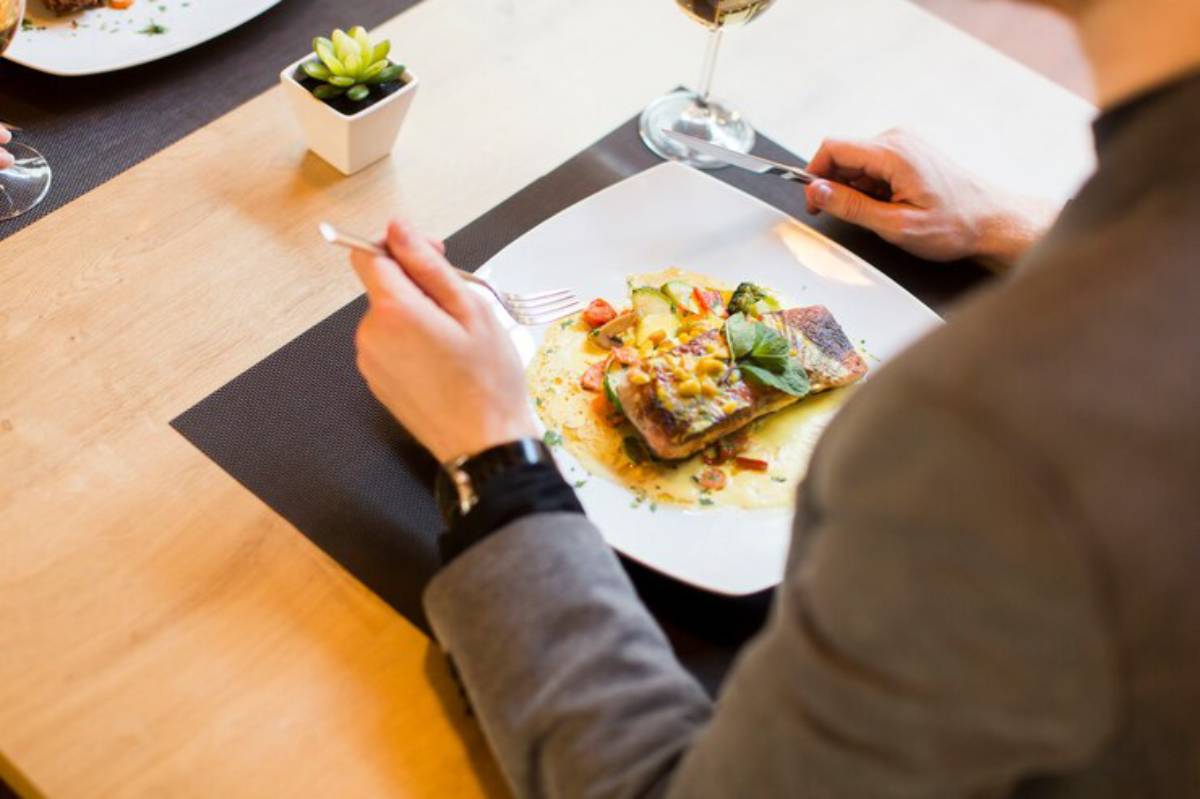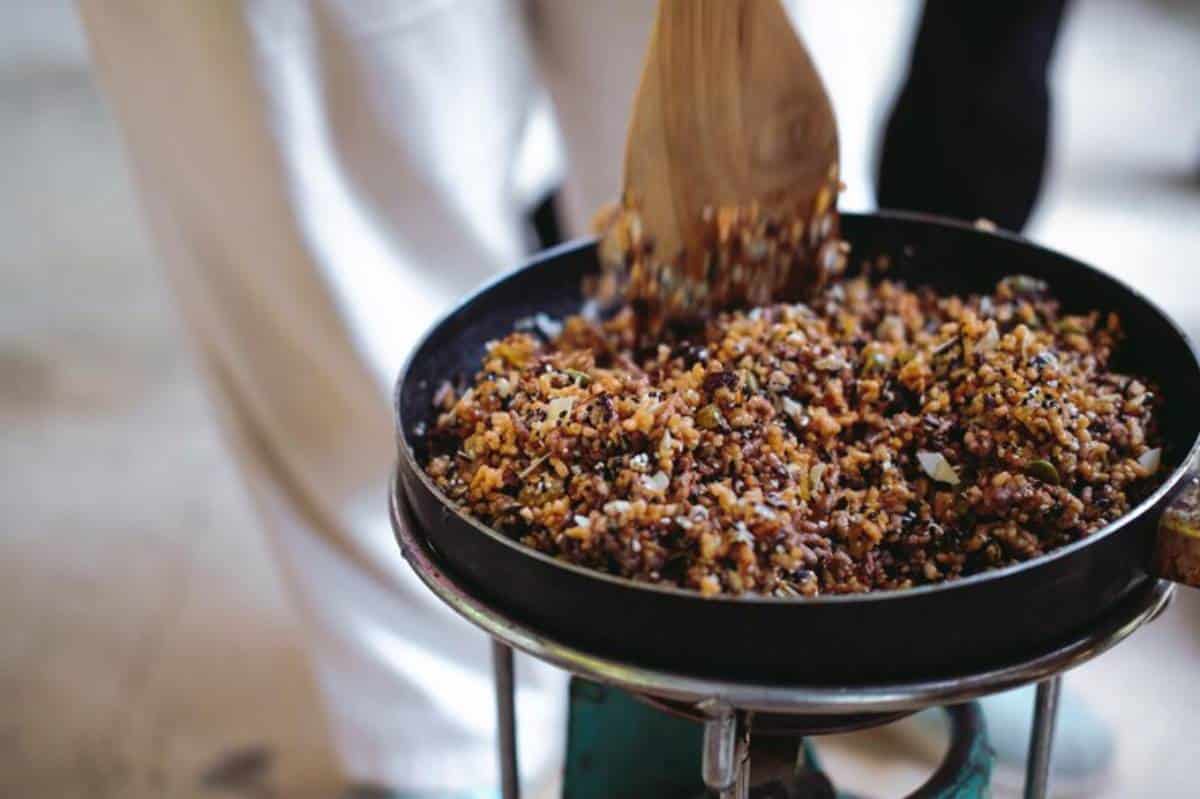
Gelification & Textural Play for Fine Dining
Imagine a tomato consommé set into a delicate jelly that melts on your tongue. Or a burst of flavour locked in a noodle-like gel that surprises with every bite. This isn’t culinary gimmickry — it’s the precise art of gelification, one of the most exciting tools in fine dining chemistry.
Textural play has become central to modern cuisine. From Michelin kitchens to adventurous home cooks, gelification is being used to transform the expected into the extraordinary. It turns liquids into solid shapes, adds visual intrigue, and changes the way food feels in the mouth — all without compromising flavour.
Whether you’re curious about elevating your dinner parties or experimenting with molecular gastronomy, this guide will walk you through the what, why, and how of gelification. By the end, you’ll know exactly how to harness it in your own kitchen — no lab coat required.
What Is Gelification?
The Basics of Food Texture Transformation
Gelification is the process of turning a liquid into a semi-solid gel, using gelling agents such as agar agar, gelatine, or pectin. These gels can take many forms — from firm cubes to elastic noodles or even soft sheets.
The method falls under molecular gastronomy because it relies on altering the structure of food on a chemical level. However, the ingredients are safe, natural, and widely used in everything from jelly sweets to fruit preserves.
Why It Matters in Fine Dining
In high-end restaurants, texture matters just as much as flavour. A single dish might feature crunch, creaminess, and gelled elements — all working together to surprise the palate and keep diners intrigued.
Gelification allows chefs to:
- Control the structure of sauces and liquids
- Deliver flavour in unique formats
- Play with temperature, texture, and visual appeal simultaneously
Imagine a mojito jelly cube as an amuse-bouche, or a warm tomato gel ribbon wrapping a fresh basil leaf. It’s food theatre that enhances, not distracts from, the dish.
How Gelification Works
It’s All About the Gelling Agent
Gels form when long-chain molecules (called hydrocolloids) trap water in a stable structure. Each gelling agent behaves slightly differently, offering various textures and temperatures.
Here’s a quick comparison:
| Gelling Agent | Origin | Texture | Sets At | Reheatable? | Vegan? |
| Gelatine | Animal protein | Soft, elastic | Cold | No | No |
| Agar Agar | Seaweed | Firm, brittle | Hot | Yes | Yes |
| Pectin | Fruit fibre | Smooth, jam-like | Cold | No | Yes |
| Gellan Gum | Bacterial | Firm, heat-stable | Hot | Yes | Yes |
Each has its quirks, but all are accessible and safe to use at home.
Liquid Selection: Not All Bases Are Equal
To gel a liquid, it must be:
- Free of chunks or fibres
- Low in fat (for most gels)
- Heat-stable (if using agar or gellan)
Highly acidic liquids like citrus may require more gelling agent or the addition of a buffer (such as calcium) to stabilise the setting process.
Practical Applications of Gelification at Home
Let’s take a closer look at how this plays out in your own kitchen.
1. Gels as Elegant Garnishes
Turn flavoured liquids into soft cubes or beads to top canapés, salads, or desserts.
Think:
- Red wine gel cubes with steak
- Cucumber gel pearls on smoked salmon
- Passionfruit jelly dots on cheesecake
These add visual drama and a focused hit of flavour in one bite.
2. Reimagined Sauces
Sauces don’t always need to be poured. You can plate them as a gelled smear or a quenelle.
- Balsamic reduction jelly with roasted veg
- Coconut milk gel on spicy curry
- Yuzu gel to complement sashimi
Not only does this control how the flavour hits the palate, but it also gives you more plating precision.
3. Playful Shapes for Textural Contrast

Using tools like squeeze bottles or flat moulds.
You can create:
- Gel noodles (using agar + tubing)
- Gel “sheets” for wrapping or layering
- Cubes for structural stacking
These work brilliantly in layered starters or tasting menus.
Real-World Success: Home Cooks Embracing Gelification
“I made gin and tonic jelly bites for a party and they were gone in minutes — refreshing, adult, and fun.” – Marcus, London
“I used beetroot juice with agar to create sheets that I rolled around whipped feta. It looked so refined — like something off a tasting menu.” – Nadine, Glasgow
“My kids loved the fruit juice pearls we made together. We used them on yoghurt and even ice cream. It’s science meets dessert.” – Priya, Leeds
Gelification can feel high-tech, but once you try it, it becomes another creative tool, like seasoning or grilling, that brings food to life.
Tools You’ll Need (and Probably Already Have)
You don’t need a lab to get started.
Just a few basics will do:
- Digital Scale – Gel agents are measured precisely, usually in grams
- Small Saucepan – To dissolve gelling agents evenly
- Moulds – Ice cube trays, silicone sheets, or piping bags
- Dropper or Syringe – For beads and precise applications
- Fine Sieve – Keeps your mixture smooth before setting
Optional tools include flexible tubing (for noodles) or textured plates for shaping gels.
If you’re already exploring how to make foams and espumas at home, many of these items will already be part of your kit.
Flavour Pairing Ideas and Dishes
For Starters

- Carrot ginger gel cubes with seared scallops
- Beetroot gel sheet wrapped around goat’s cheese
- Gazpacho pearls in chilled soup
For Mains
- Savoury jus gel in a steak and mash composition
- Green tea gel noodles on teriyaki-glazed salmon
- Lemon thyme jelly with roast chicken
For Desserts
- Champagne gel cubes with strawberries
- Chocolate coffee gel with mousse
- Citrus agar pearls on sorbet
Start with complementary flavours and use gels to highlight or contrast texture and temperature.
Common Mistakes and How to Avoid Them
Even seasoned cooks make slip-ups when playing with gels.
Here are a few tips:
Mistake 1: Gel won’t set. Fix: You may not have used enough agent, or your base liquid was too acidic. Increase the dosage slightly and ensure the agent is fully dissolved.
Mistake 2: The texture is too rubbery. Fix: You’ve used too much gel. Dial it back until the result is soft yet sliceable.
Mistake 3: Uneven setting or clumps. Fix: Strain the mixture well before pouring and stir thoroughly while heating.
Mistake 4: Gel breaks when cut. Fix: Allow more time to set fully and use a sharp, lightly oiled knife to slice.
The Science of Sensory Surprise
Gelification isn’t just about structure — it’s about subverting expectations. When we eat, texture tells us what to anticipate. A crisp surface might imply savoury; a smooth gel, something delicate.
By serving a familiar flavour in an unexpected texture, you create intrigue. You tell the eater: “There’s more here than meets the eye.”
That’s what makes gelification powerful in fine dining — it’s a culinary sleight of hand, using chemistry to nudge emotion and curiosity. For a broader understanding of this culinary science, Intro to Molecular Cooking at Home breaks down the key techniques that underpin modernist cuisine.
Is Gelification Safe and Worth Doing?
Yes on both counts.
Gelling agents like agar and pectin are approved food additives with long histories in both commercial and home cooking.
They’re:
- Safe and widely used, from jams to jelly sweets
- Natural in origin (especially agar and pectin)
- Cost-effective, since small quantities go a long way
- Shelf-stable, making storage easy
And in terms of value? A well-executed gelled element can transform a dish from comforting to captivating.
Conclusion: Elevate the Plate with the Power of Gel
Gelification is where science, art, and flavour meet. It allows you to present ingredients in imaginative formats, challenge expectations, and take ownership of how food feels as well as tastes.
Whether you’re hosting a dinner party or simply experimenting at home, textural play is no longer reserved for chefs in high-end kitchens. It’s right at your fingertips — literally.
So why not turn your favourite vinaigrette into a gel bead? Or surprise your guests with a citrus noodle perched atop a salad? You’re not just cooking. You’re creating edible stories.
Time to gel your next masterpiece. Your fine dining chemistry journey starts now.


